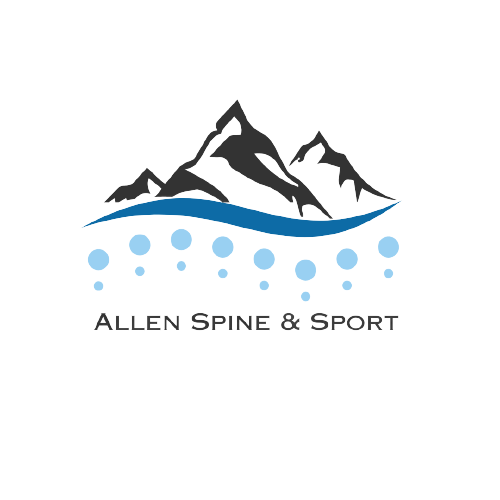Chiropractic Treatment of Jaw Pain
Have you ever bitten into something and felt a sharp pain in your jaw, and/or been unable to fully open or close your jaw afterwards? Do you have chronic jaw pain, neck pain or headaches? It’s very likely that your temporomandibular joint (TMJ) is playing a role in this dysfunction. Temporomandibular joint dysfunction (TMJD) or temporomandibular disorder (TMD) can be excruciatingly painful, debilitating and can become a chronic issue. Let me explain how this happens and how to treat and also prevent it.
I’ll start by saying that in the absence of an acute injury, clenching your jaw and/or grinding your teeth is the main cause of TMJD or TMD and is quite detrmiental for the prognosis. Clenching worsens the problem and can prevent recovery even during treatment, which emphasizes the importance of eliminating that habit. Why do we clench our jaw? The three most common causes are stress, anxiety and when doing things with your hands (driving, cooking, cleaning, typing, etc.). Clenching your jaw should be thought of as similar to clenching your neck, because the muscles of your upper neck are closely associated with the muscles of your jaw. That is the reason why injury to the jaw or chronic clenching or gum-chewing (sorry gum-chewers) can also result in neck pain and/or headaches.
Inside the TMJ is a small cartilaginous disc that provides for cushion and fluid motion of the jaw when you open and close. Because the mandible or “jaw bone” is one single bone without a symphysis or joint in the middle, when there is dysfunction on one side, there ends up being dysfunction on the other side as well. There are 4 primary muscles that become short and tight with TMJD and TMD: temporalis, masseter, medial pterygoid and lateral pterygoid. When these muscles get tight, they put extra strain and torque on the TMJ itself. With short and tight jaw muscles, the opening and closing pattern of the jaw can be altered and cause displacement of the cartilaginous disc inside the TMJ. When that happens, the jaw becomes locked and prevents full opening and/or closing. So what do we do to fix it?
Our job as chiropractors is to get you out of pain, teach you what’s causing the pain, and prevent it from coming back. That means we need to FIX THE FUNCTION. Simply put, get the muscles to relax and stay relaxed while treating the underlying habit of clenching, grinding or gum-chewing. Getting the patient to neurologically stop that habit is vital because it allows our treatment to progress without back-tracking and causing further dysfunction. Resting position of the jaw is the most effective way to prevent clenching throughout your day:
Lips together, teeth apart, tongue to the roof of your mouth
In the office, post-isometric relaxation (PIR) and/or dry needling treatment of the jaw doa phenomenal jobs of lengthening the muscles and normalizing the gait pattern of the jaw. To aid the overall mobility, joint manipulation to key areas that get fixated such as the upper cervical region (C0-2) as well as the cervicothoracic junction (C6-T2) is important. In addition, specific DNS exercises (see other blogs and videos) add to the puzzle by enforcing muscle activation patterns and motor programs to keep the previously mentioned muscles relaxed. Lastly, patient education on resting position of the jaw and the avoidance of clenching, grinding and gum-chewing outside of the office is extremely important. As you can see, each piece of the treatment protocol plays a role bigger than itself when combined with the other pieces. Each one on its own doesn’t do a fully effective job without the others. The whole is greater than the sum of its parts.
Dr. Forrest Allen is a sports chiropractor and co-owner at Allen Spine and Sport. He has a passion for integrating spinal and extremity joint manipulation, manual therapies like dry needling, fascial manipulation, etc., and rehabilitative exercises founded in Dynamic Neuromuscular Stabilization (DNS). Visit our website and give our office a call!


